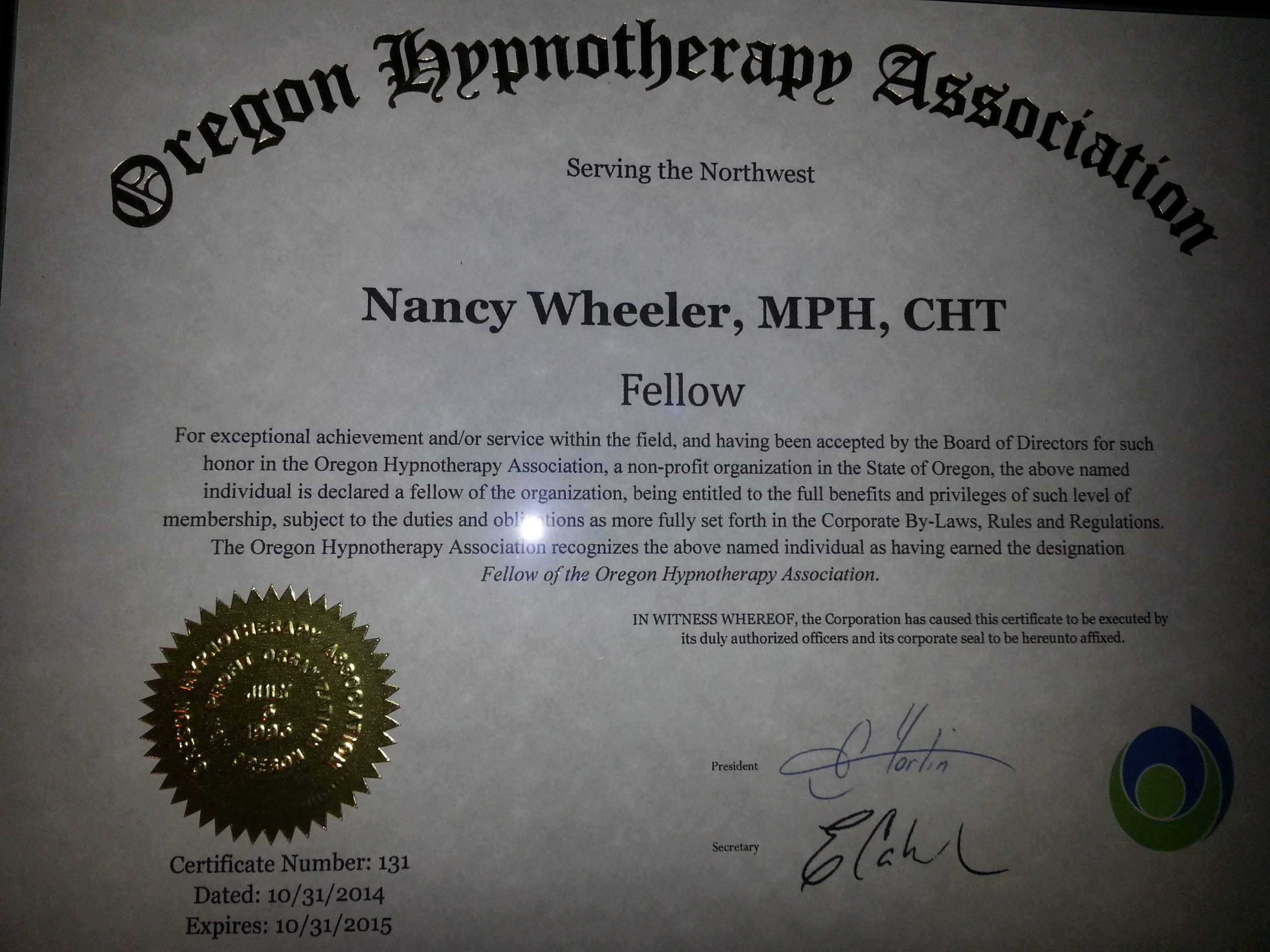Hypnosis Extends Slow Wave Sleep, Research Shows
Sleep researchers at the Universities of Zurich and Fribourg published a study in the scientific journal “Sleep” in June of 2014 that showed hypnosis can improve slow wave sleep (SWS), a very even and slow oscillation in electrical brain activity. SWS has a very restorative impact on our physical and mental wellbeing, secretion of growth hormone, memory, cell repair and immune system functioning. The 70 healthy young women in the study, deemed highly suggestible (Harvard Group Scale of Hypnotic Suggestibility), experienced 80% more slow wave sleep after listening to a sleep hypnosis tape for 13 minutes, compared with sleep after listening to a neutral tape. Time spent awake was reduced by about one-third. The implications are encouraging given hypnosis has no adverse side effects, compared to many sleep inducing medications.
You can read the article here.


